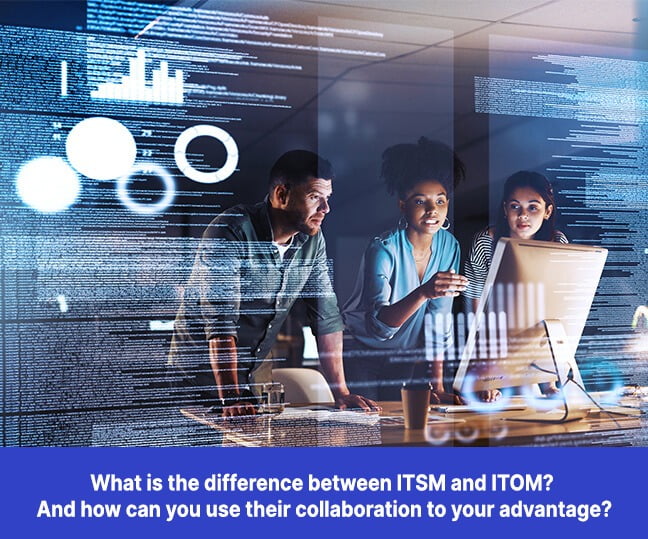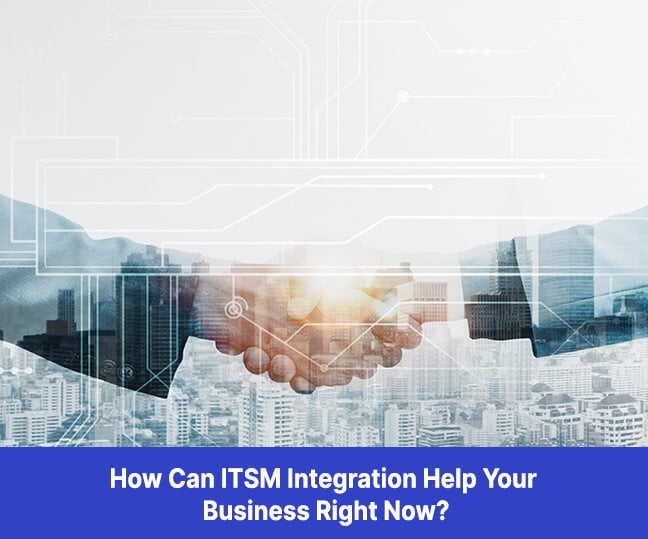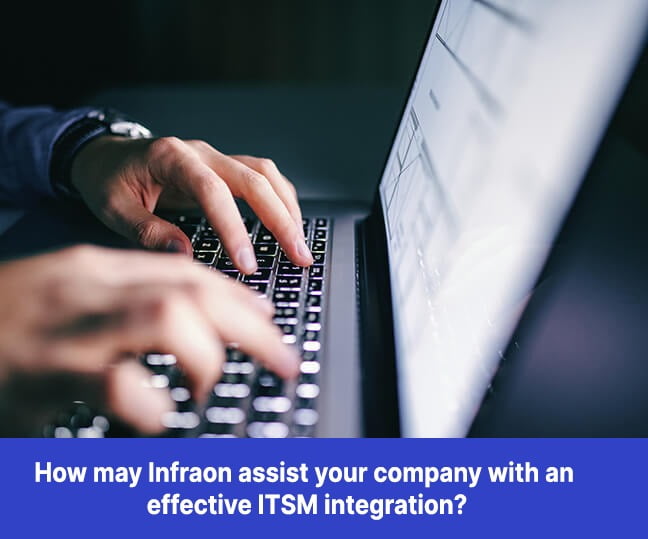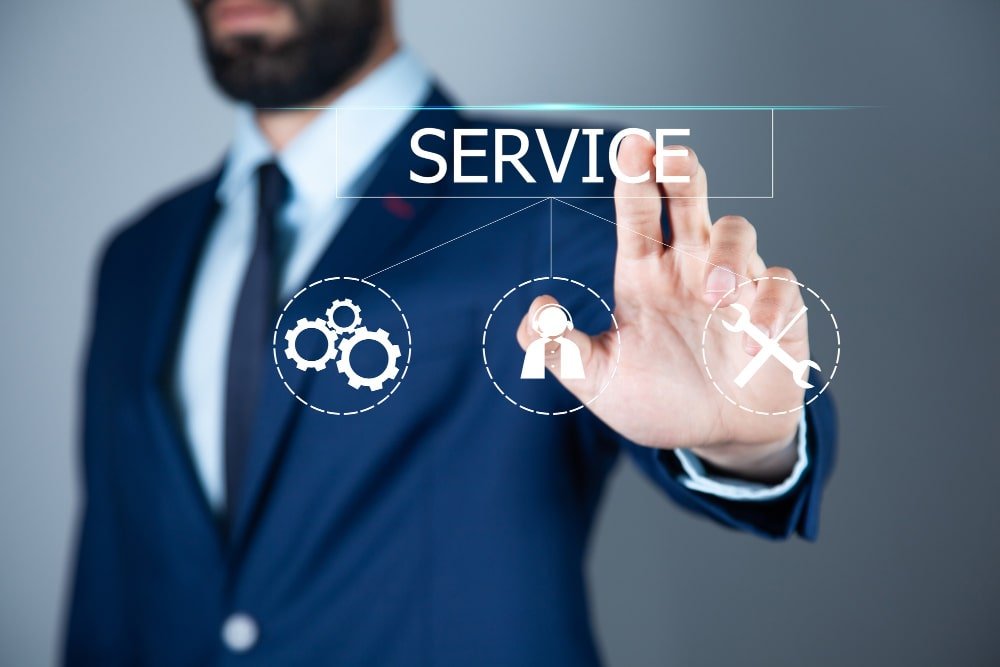Imagine sitting at a service desk, where your primary goal is to resolve incidents quickly and efficiently while ensuring customer satisfaction. However, persistent technical issues can slow down response times and lead to frustration for both customers and IT teams. That’s where ITOM vs ITSM comes in—two essential frameworks that enhance IT operations, improve service delivery and drive organizational growth and agility.
ITSM (IT Service Management) and ITOM (IT Operation Management) are the two particular terms popular among IT experts. They are similar yet different. An integrated ITSM + ITOM solution can generate maximum business value and greater efficiency for the organization. So, what exactly are ITSM and ITOM? How do they work together, and what benefits the company while getting an integrated solution? Well, this blog covers all the above questions.
Before we dive in, let’s cover all the basic definitions of ITSM and ITOM.
How do ITSM and ITOM work?
IT Service Management (ITSM)
ITSM refers to the strategic approach through which organizations manage and deliver IT services to their end-users. It involves designing, delivering, managing, and improving how businesses use IT facilities. ITSM software enables entirely discrete activities and processes from service management to change management, problem and incident management, knowledge management, and software & hardware asset management.
IT Operations Management (ITOM)
ITOM is defined as the process of managing all technological components and application requirements of an organization. In simple terms, it incorporates activities responsible for the seamless execution of IT infrastructure and its applications, services, storage, networking, and connecting elements within an organization.
Now that you have an idea about ITSM and ITOM concepts and how they work individually, let’s understand the difference.
ITOM VS ITSM
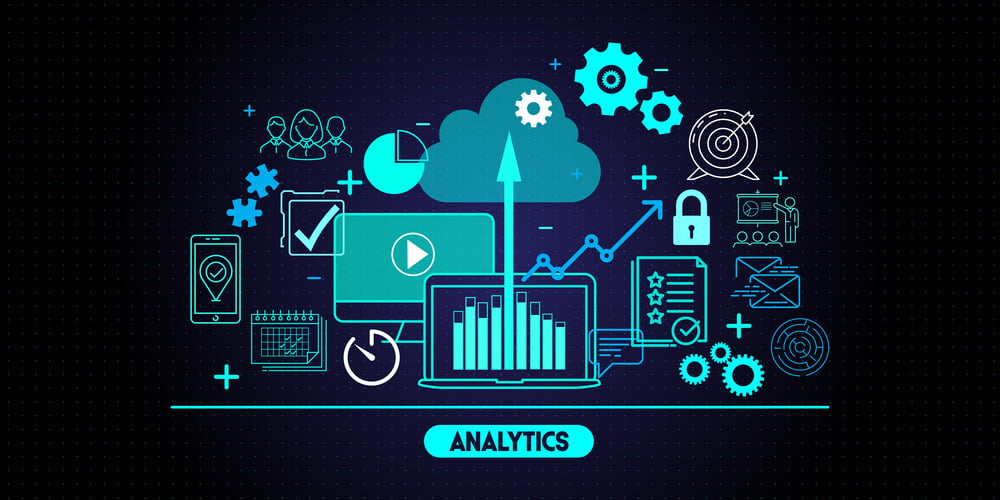
The fundamental difference between ITSM and ITOM is that ITSM focuses on how IT teams deliver services and how it is more visible and end-user-centric. On the other hand, ITOM concentrates on event management, performance monitoring, and the processes or procedures involved in handling IT teams and their operations.
Even though they perform different tasks, ITSM and ITOM are inextricably linked. An organization could have implemented without the other. Still, with an integrated solution, both the tasks can be managed in a coordinated, collaborative, and integrated way to lead to better efficiency and execution.
After understanding that the integration of ITSM and ITOM enables an organization to generate maximum business value and drive more efficiency, now, the obvious question is – How can the combined approach of ITSM and ITOM benefit a business? Well, here are some of the advantages listed below:
Benefits of Integrating ITSM and ITOM
- Improves Visibility
Integrating ITSM and ITOM offers improved visibility of the organization’s data center and IT assets by streamlining its operations with everyday business decisions.
- Increases Operational Efficiency
Automate previously fragmented services and operations, which enhances the IT team’s accountability and, in turn, increases operational efficiency.
- Enables Real-time Analysis
It analyzes trends in real-time to plan strategic activities and helps make informed decisions for the growth of an organization.
- Promotes Security
A combined ITSM and ITOM approach enable the organization to access assets, endpoints, and vulnerabilities, enabling multi-layered securities.
- Faster Adaptability
integration of ITSM & ITOM allows responding to changes quicker and minimizing risks as it supports better coordination between the IT asset management teams and systems.
- Saves Cost
Leveraging automation and more effective resolutions by integrating ITSM software and ITOM cuts the ma. Moreover, this acts as a customer support software and thus, improves the customer experience.
Key Takeaways
You may have now realized that although both the solutions can work separately, it’s better to align them to maximize business value and agility. The combination approach may be revolutionary for businesses to support asset management assematurity and end-user experience.
